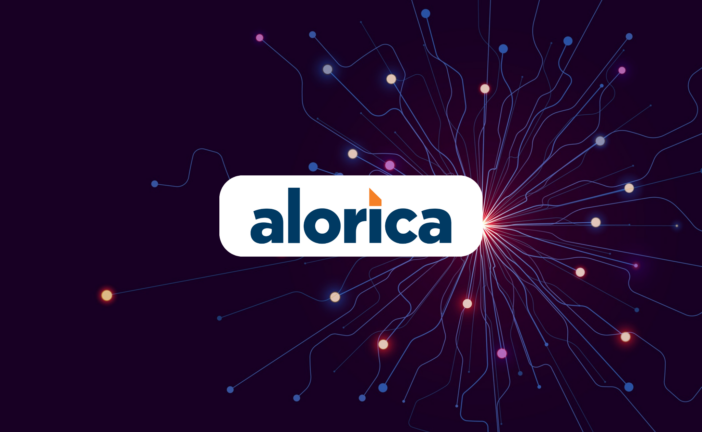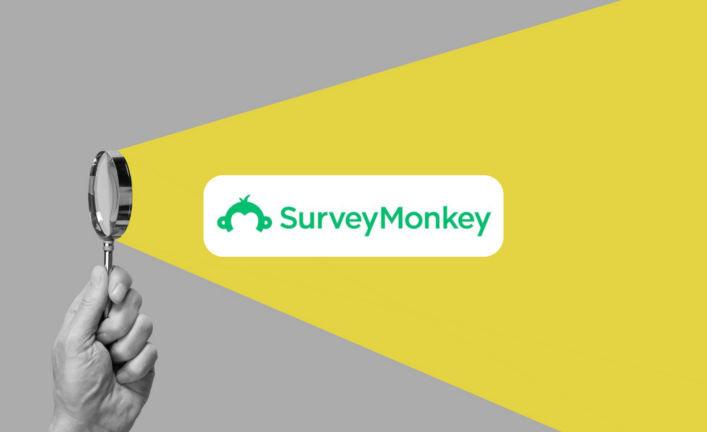Today's contact center has evolved from a traditional call center to an omnichannel platform, enabling companies to improve their customer interaction by engaging with customers through various channels such as SMS, websites, chat, and social media.
As with any communication channel, if you're not analyzing the data that comes from it, you're wasting your time and resources. At the end of the day, phones are still the most reliable channel there is. Because of the fact that the average call center takes 4,400 calls a month and 1,000 in a week, the amount of data that can be collected through voice conversations is tremendous.
It is crucial for businesses to manage and analyze customer data, including voice conversations, in order to fully optimize digital investments and improve the overall customer experience.
However, when trying to analyze customer voice data, organizations might come across a couple of challenges. These are:
-
the use of random, manual call-sampling methods, which only capture a small percentage of all interactions, resulting in incomplete and potentially unrepresentative data sets.
-
the use of legacy systems for speech transcription, which often has poor accuracy and limits the usefulness of the extracted information.
Speech analytics can help overcome many of these challenges and provide contact centers and companies with the necessary tools to improve customer experience and engagement.
Ways to turn speech into action
There are many ways in which speech analytics can be used to improve the overall performance of a contact center, and here are just a few examples:
-
Boost data coverage. Traditionally, companies have only been able to analyze a small portion of their customer calls to identify areas for improvement. By using speech analytics to analyze all of the available data from calls rather than just a sample, organizations can gain a more complete and accurate understanding of their customer interactions. This can help them to identify trends and patterns that may not have been apparent with a smaller sample size and to make more informed decisions about how to improve the customer experience.
-
Improve time to insights. Using automated AI transcription allows organizations to quickly and accurately analyze a larger volume of customer calls. This can be up to 400% faster than traditional methods, which can only analyze a small sample of calls. With this faster analysis, organizations can quickly identify opportunities for improvement and implement changes to the customer experience. As a result, they can respond more quickly to customer needs and improve their operations overall.
-
Personalize training. It is also important for organizations to consider the role of their employees in the customer experience. By using speech analytics to analyze customer service calls, leaders can gain a deeper understanding of how agents interact with customers and what the customer is experiencing. This information can be used to create customized coaching sessions for individual agents and supervisors, helping to improve customer satisfaction. By focusing on both operational metrics and the development of their employees, organizations can create a more effective and customer-centric approach to performance management.
- Enhance self-serve options. Speech analytics allows companies to analyze data from phone calls to determine how many self-serve options were unsuccessful and why. This information can be used to identify problems with specific self-serve options and improve them. Additionally, speech analytics can reveal the percentage of calls in which agents provided information about self-serve options to callers. This can help companies understand how effectively agents are helping callers utilize self-serve options and improve their overall customer service.










